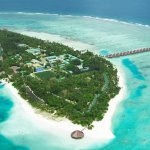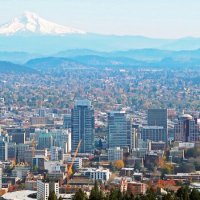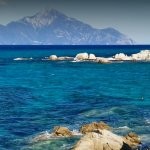What Animals can you see on a Kakadu Tour?
Kakadu National Park is located in the Northern Territory of Australia and is about 170km southeast of Darwin. The park was officially designated in 1978 and covers an area of 19,804km² stretching around 200km from north to south and about 100km from east to west. The name is actually a mispronunciation of the Aboriginal word “Gaagudju”. The area is very diverse in wildlife with an abundance of animals and plant life and a range of different habitats. In Kakadu National Park you will find;
Over 280 bird species.
Over 70 species of mammals.
117 species of reptiles.
Over 50 species of Freshwater fish.
Over 10,000 species of insects.
Over 1600 species of plants.
All of this wildlife is spread across terrain which includes;
Estuaries and Tidal flats.
Floodplains.
Lowlands.
The Southern Hills and basins.
Stone Country.
All of this diversity means that when you are on a tour of Kakadu, there is a wide variety of both wildlife and scenery to take in which at some points will take your breath away.
Some of the Animals
When doing a tour of the Kakadu National Park, you need to make sure that you don’t just drive from point A to point B and stop and take in some of the natural beauty of the area. This being said it is definitely a good idea to go on an organized tour through this area. As you travel through the park you will be able to see the usual Kangaroos and Wallabies hopping around the park, depending on what time of day or even time of year that it is, has a big influence on the wildlife that you may encounter. The marsupials and placental mammals that live in the park are mainly nocturnal so you will most likely on be able to see these at night time. In recent times reptile populations have dropped quite significantly and this is mainly due to the introduction of invasive species to the area such as the Cane Toad. This animal which is native to Central and South America was introduced in 1935 to help combat the Cane Beetle which invades the sugar cane crops. This soon backfired though and had a detrimental effect on the local ecology and has since invaded a vast area of Australia slowly moving west each year at about a rate of 40km per a year. Some other animals you may encounter on your travels are the rat like Black Tailed Phascogale, Bandicoots, Quoll’s and Tree Rats. You may even see some other introduced species such as the Foxes, European Rabbits Goats, Camels or Wild Pigs.
Down by the River
There is just as much life to see when you are down by the Billabong or by one of the four rivers in the Kakadu. You can find both fresh water and salt water crocodiles, so if you are not on an organized tour you do need to be quite careful. At last count there were 53 species of freshwater fish species living in the Kakadu area making the waterways quite diverse with life. Along with all of the frogs which are natural to this area as well as the insects and birds, the waterways and Billabongs are like a magnet attracting all sorts of life. There are species of frog which will remain dormant, in a state of hibernation until the rains come. With the onset of the monsoon season from December to March each year, there is an explosion of life across the whole area. Landscapes which before seemed pretty baron and void of life, suddenly spring into life and a burst of colour is to be seen all around along with the increased activity of all of the wildlife. If you can stand the rain then this is truly a special time of year to visit this wonderful region of Australia.
The Landscape
There is also a wide variety of landscapes to look at in Kakadu National Park, with each landform having its own natural habitat. Around 140 million years ago the entire area was under water as there was a sea here. There is a wide variety of open plains to cliffs and waterfalls, the largest waterfall in the park being the Jim Jim Falls. You can also see chasms and gorges, dry river beds which spring into life in the wet season and during the dry season you can find isolated pockets of life which are refuges during the dry season. The gentle rolling southern hills and basins are clearly visible from much of the park. There is also various sites where you can see rock art by the local Aboriginals which have been painting on the stones for over 40,000 years. There are three main sites which are Nanguluwu, Burrunggui (previously called Nourlangie Rock) and Ubirr.
Keeping Safe
It is possible to visit these areas by yourself, although personally I would recommend going with an organized tour company, as there is so much that you can miss by not knowing what you are looking at right in front of your face. There is also the safety side of this as well as the park is full of wildlife, some of which would not hesitate to attack a human, such as a crocodile. There is a range of different providers of tours out there so do some research and choose the one that can best accommodate your requirements. Just make sure you remember to bring your camera as you will find lots of things to take pictures of and will create memories that last for a lifetime.
Image by kconnors and luisrock62 via morguefile.com
This article was written by Ted Hunter on behalf of Travel Wild. Travel Wild offers some of the best Kakadu Tours available. Ted is a seasoned traveler having visited many of the world’s travel destinations and enjoys submersing himself in the local culture to gain the true experience of the country he visits.
More to Read:
Previous Posts:





